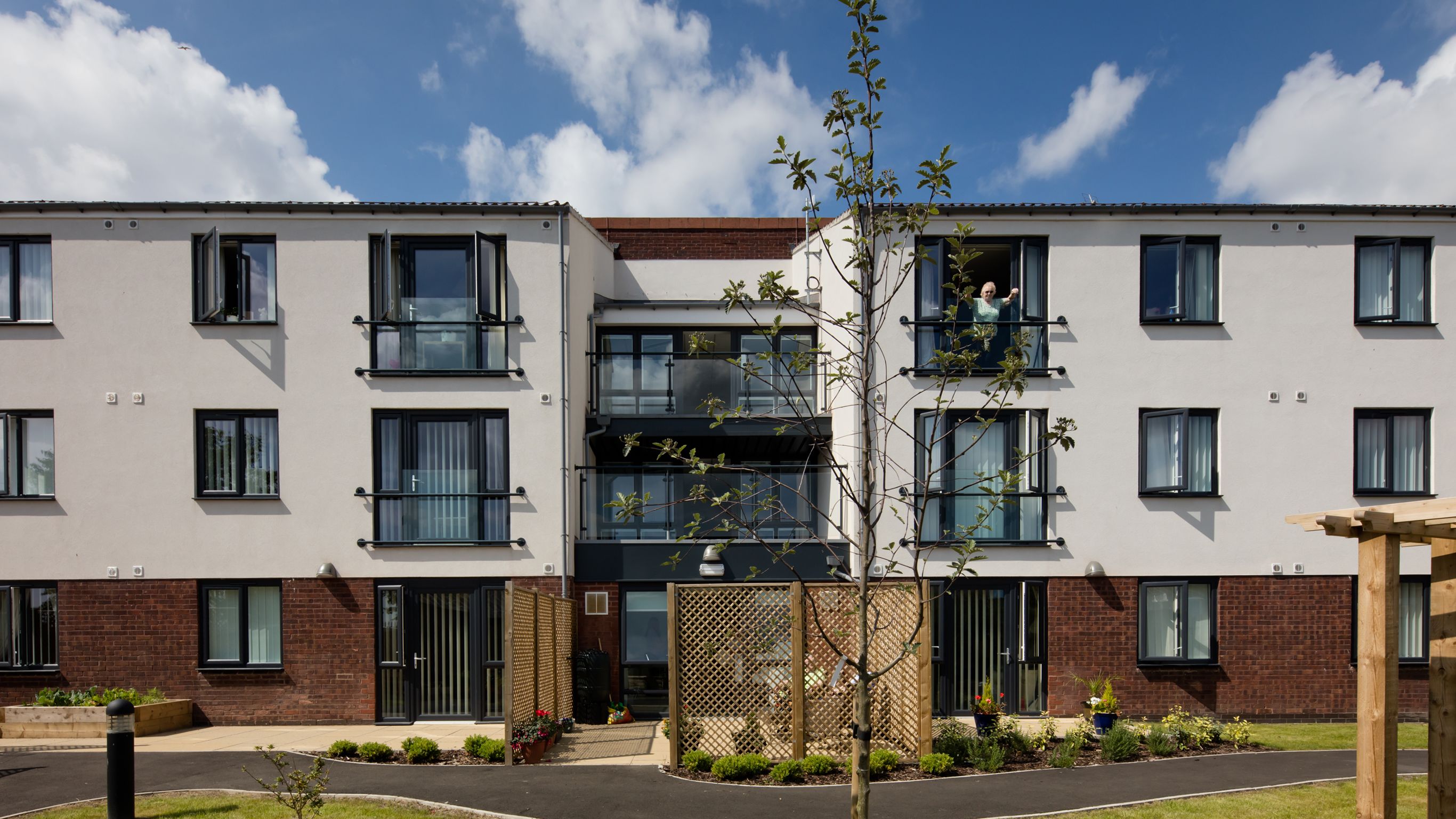
Blended Living
A young person may begin their adult life in student accommodation before moving on to a co-living apartment. At some point, they might own or rent a family home before finally downsizing to a retirement living facility.
Now imagine they could do all those things within the same community. Blended living allows someone to move seamlessly through the development depending on their stage of life.
Blended schemes are attracting growing attention in the US property market where investor interest is more mature. In the UK, blended schemes remain a pipe dream at present. Still, experts believe they can unlock future regeneration opportunities and support the health and wellbeing of an ageing population.
So why have blended living schemes not taken off in the UK yet? And what is the market shift that will make it commercially attractive to develop and invest in this type of intergenerational scheme?
The challenge is that these communities need to be engineered from scratch, which takes time. Planning, education and pricing all present further challenges, not to mention the cost of building such schemes. Time, experience and data gathering regarding the extended benefits of blended living schemes will hopefully lead to more being created.
For blended living to mature, collaboration between different parts of the property market is vital and needs to include different operators such as senior living, build-to-rent, student housing and hotels, housebuilders and other developers.
Blended living is an "engineered" community which has been planned. However, the success of a mixture of ages with varying levels of support can be seen in existing communities across the UK.
These communities have occurred organically but typically can take decades to mature. For example, in the North East of England, Brunton Park was a private housing development designed in the 1960s. The estate was built with three and four-bed family houses along with bungalows and flats. Alongside housing, there are community facilities, shops, a church and a doctor’s surgery.
As the community has become older residents, have downsized into bungalows or apartments, allowing new families to move in. In recent years, a supported living development has been added to provide care for those who need it.
All of the age groups live comfortably together in a vibrant community.
A designed blended living scheme is attempting to manufacture this community which has developed over 70 years in a fraction of the time. Also, in the Brunton Park example, there are many developers and tenures. There are private homeowners, care providers and the local authority, for example.
However, if developers can overcome these challenges, a blended living scheme can provide excellent regeneration opportunities for a local authority. Disney’s Celebration in Florida was initially envisioned as a blended living town, bringing together housing, shops and leisure in a single location.
However, residents ages have changed, making the town more of a gated retirement village similar to those spread across Florida.
To make the most of these opportunities, operators involved in blended schemes will need to think carefully about the range of amenities they provide. Luxury amenities such as swimming pools, restaurants, bars – and even cinemas and hair salons – are already standard in the US, where the retirement living sector is far more developed than in the UK.
Rather than plunge headfirst into a fully blended scheme, a more realistic first step for UK developers could be to develop schemes that combine elements of retirement living with care home provision.
Author
Rob Charlton
